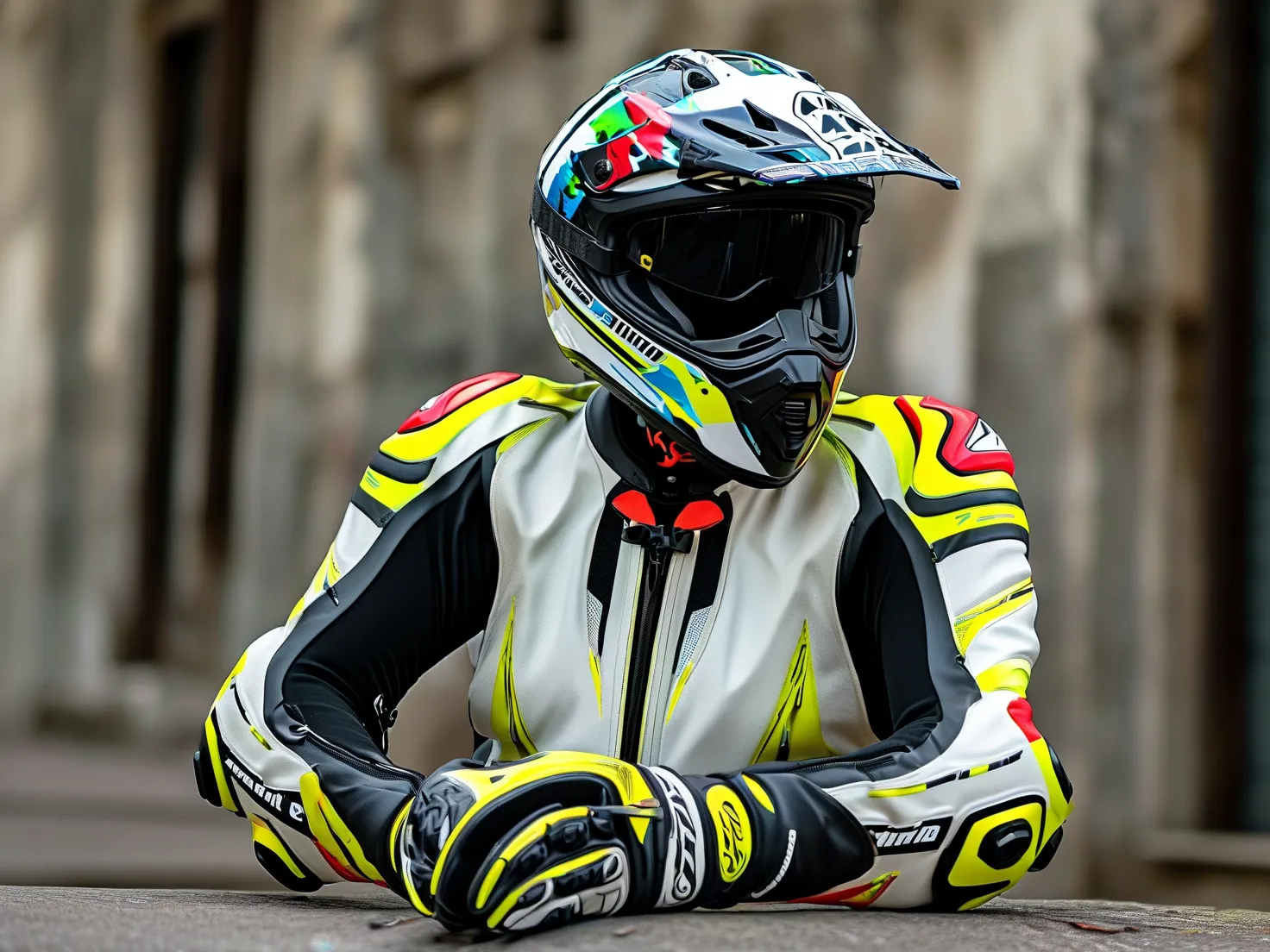Riders know the exhilarating freedom of the open road comes with inherent risks. While traditional protective gear like helmets and armored jackets have long been essential, motorcycle airbag gear represents a quantum leap in rider safety technology. By combining advanced sensors with instant-deployment airbags, these systems address the critical milliseconds during a crash when most injuries occur.
How Airbag Motorcycle Gear Works
Modern airbag systems use a network of sensors (accelerometers, gyroscopes) and algorithms to detect abnormal movements indicative of a crash. Unlike car airbags that deploy on impact, motorcycle systems activate within 50-60 milliseconds – before the rider hits the ground. Leading brands like Alpinestars Tech-Air and Dainese D-Air employ proprietary algorithms that differentiate between controlled slides and actual crashes, achieving 95%+ accuracy in third-party tests (Motorcycle Safety Foundation, 2023).
Key Protective Features
- Cervical Protection: Inflatable neck braces reduce whiplash risk by 40% compared to traditional collars (FIM Racing Study).
- Thorax Coverage: Chest airbags dissipate impact forces across 15x more surface area than hard armor.
- Connected Systems: BMW Motorrad’s optional eCall integration automatically alerts emergency services with GPS coordinates post-deployment.
Real-World Effectiveness
Insurance claim data reveals riders using airbag vests experience:
– 58% fewer spinal injuries
– 73% reduction in rib fractures
– 34% lower hospitalization rates
(Source: IIHS Analysis of European Rider Data, 2022)
Choosing Your System: Tethered vs. Autonomous
Tethered Systems (Hit-Air, Helite):
– Pros: Lower cost ($400-700), mechanical reliability
– Cons: Requires physical connection to bike
Autonomous Systems (Tech-Air 5, iSS Airbag):
– Pros: Works on/off motorcycle, full upper body protection
– Cons: Higher initial investment ($800-$1,200), battery maintenance
Professional racer Marc Márquez credits his Alpinestars suit with preventing career-ending injuries during his 2023 highside at Sachsenring. “The airbag deployed exactly where I needed protection – it felt like being caught by giant protective hands.”
Maintenance Best Practices
- Replace gas cartridges after deployment (most allow 1-3 uses)
- Conduct monthly self-tests per manufacturer guidelines
- Store in climate-controlled environments (extreme temps degrade sensors)
As AI pattern recognition improves, next-gen systems like Klim’s prototype jacket now predict collisions 0.2 seconds before impact using machine learning – enough time for automatic brake light activation and rider pre-tensing.
While no gear eliminates risk entirely, airbag-equipped riders statistically recover from crashes 60% faster according to rehabilitation specialists at Johns Hopkins Medicine. For frequent riders and touring enthusiasts especially, this technology has transitioned from racing luxury to essential safety equipment – a digital guardian angel woven into riding gear fabric.
The $64 question remains: Can you quantify the value of spinal cord protection? As sensor costs decrease and insurance providers begin offering premium discounts for airbag users (already common in Italy and Japan), this technology will likely follow ABS adoption curves – evolving from optional innovation to mandated safety standard within the decade.




Leave a Reply